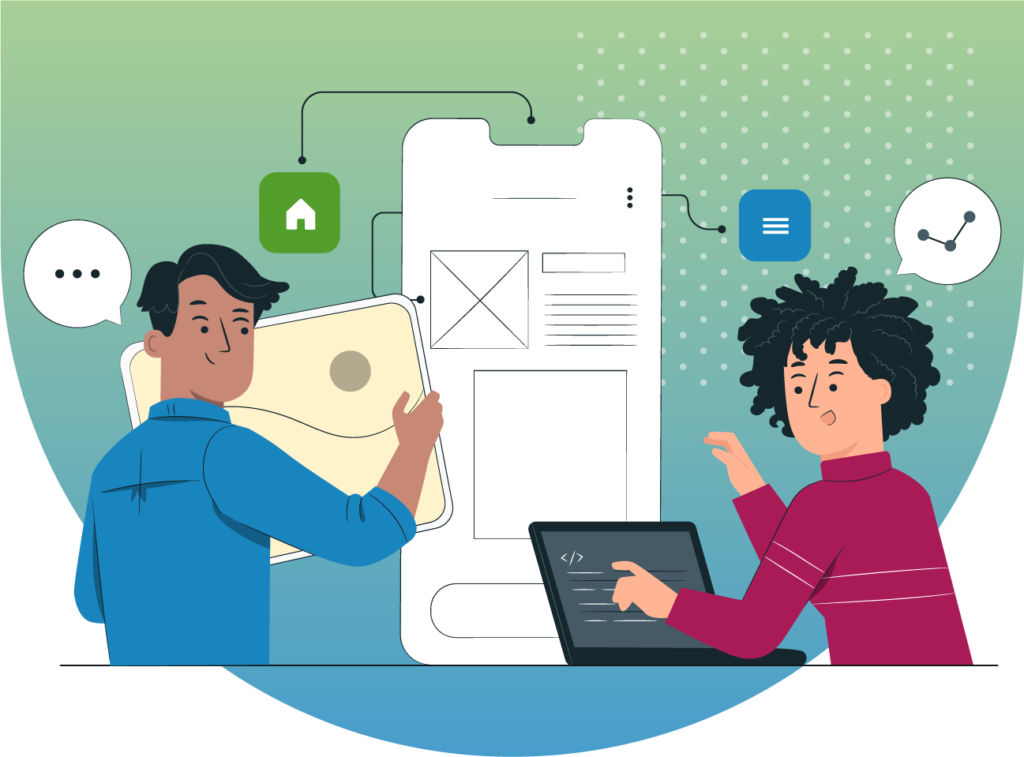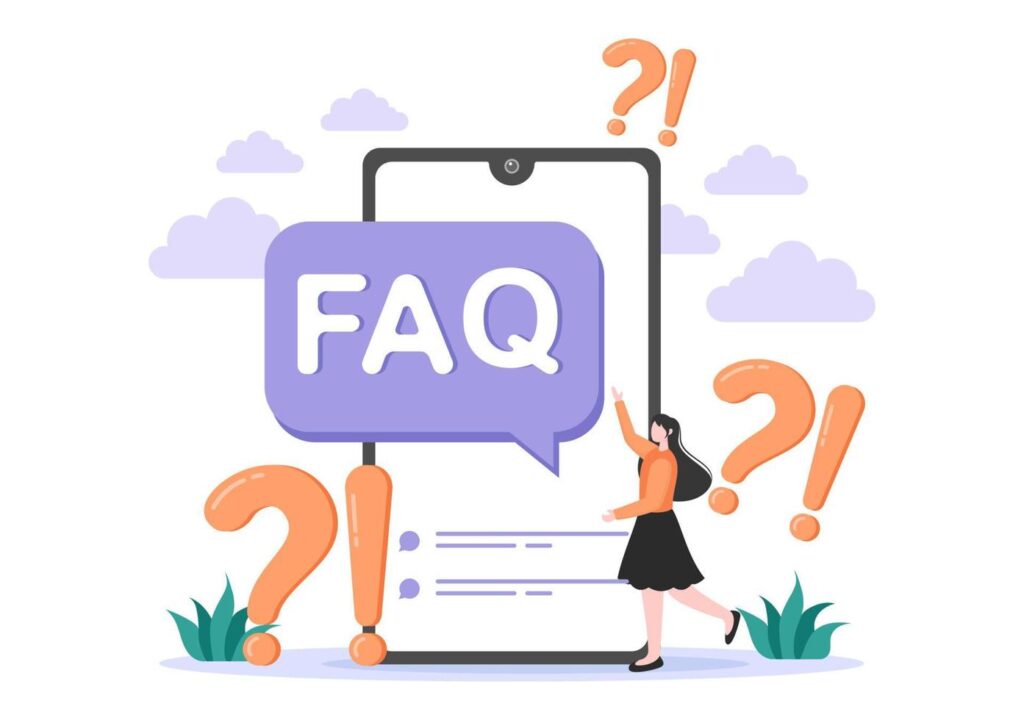- D/802 Titanium Business Park, India
- Mon – Fri: 9:00AM – 7:00PM
- sales@kautilyax.com
Follow Us On:

Empower your content management with our tailored CMS development solutions. Streamline your workflow today.
Read MoreTransform your ideas into reality with our innovative and scalable web application development solutions.
Read MoreUnlock online business success with our tailored e-commerce portal development solutions. Elevate your brand today.
Read More



Construct your brand appearance to cater to the tech-savvy mobile-first world, and expand your outreach through a mobile app and gain profit smoothly.
Connect with terrifically skilled Angular developers to harness elite software tech that helps you build powerful products.

Build an innovative and user-friendly interface that allows our clients to accomplish excellent and fully-functional results within the given timeframe.
Plan and craft an artistic face that engages your audience with your core features, functionalities and visuals in mind.

Reactive Native development possesses unique and potent features that allow you build excellent products that operate smoothly across all platforms.
Let skilled developers use this mobile application framework to build apps for Android TV, iOS, macOS, tvOS, Web, etc.



















Looking for top-tier web developers? Hire our skilled professionals to bring your vision to life. We specialize in creating stunning, user-friendly websites tailored to your unique needs and goals..
Get In Touch

Web development is the process of building, creating, and maintaining websites or web applications. It involves various tasks, including web design, front-end development, back-end development, and server management.
Common languages and technologies in web development include HTML, CSS, JavaScript, along with frameworks and libraries like React, Angular, Vue.js, Node.js, Django, Flask, Ruby on Rails, and many others.
Front-end development involves creating the visual and interactive aspects of a website that users interact with directly in their web browsers. Back-end development focuses on server-side operations, database management, and business logic that support the front-end.
A website typically consists of static or dynamic web pages that provide information or content to visitors. A web application, on the other hand, is more interactive and allows users to perform specific tasks or functions, such as online shopping, social networking, or productivity tools.
To become a web developer, you can start by learning the basics of HTML, CSS, and JavaScript. Then, you can explore more advanced topics, such as front-end and back-end development, databases, and frameworks. Online tutorials, courses, and practice projects are great resources for learning web development skills.